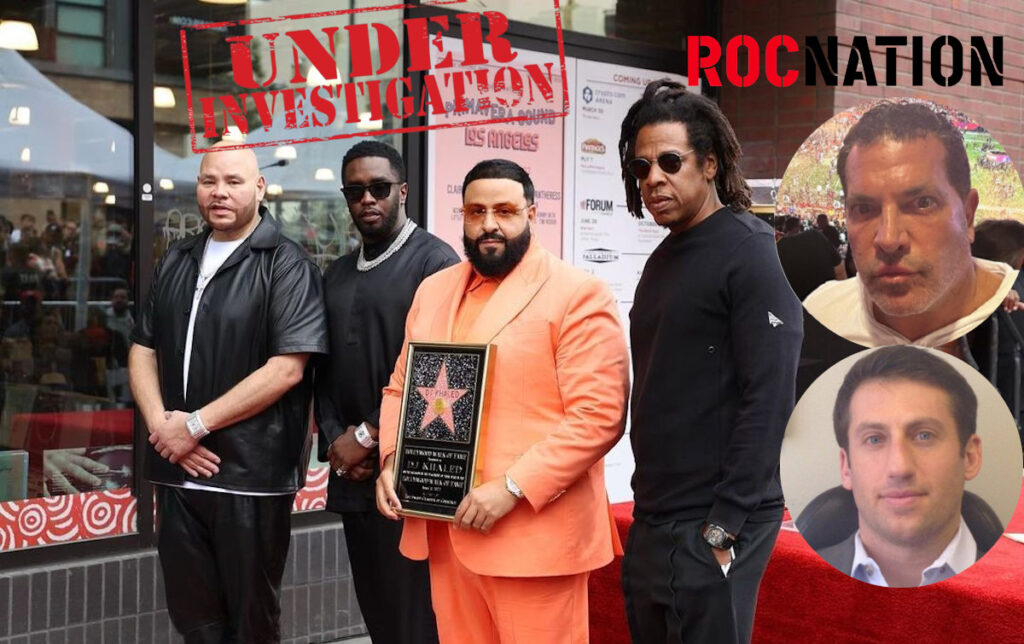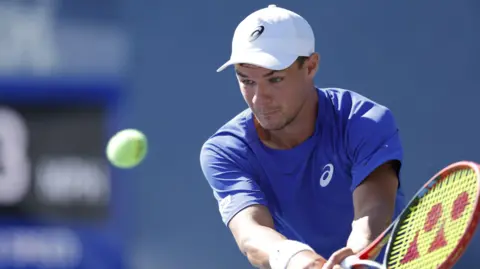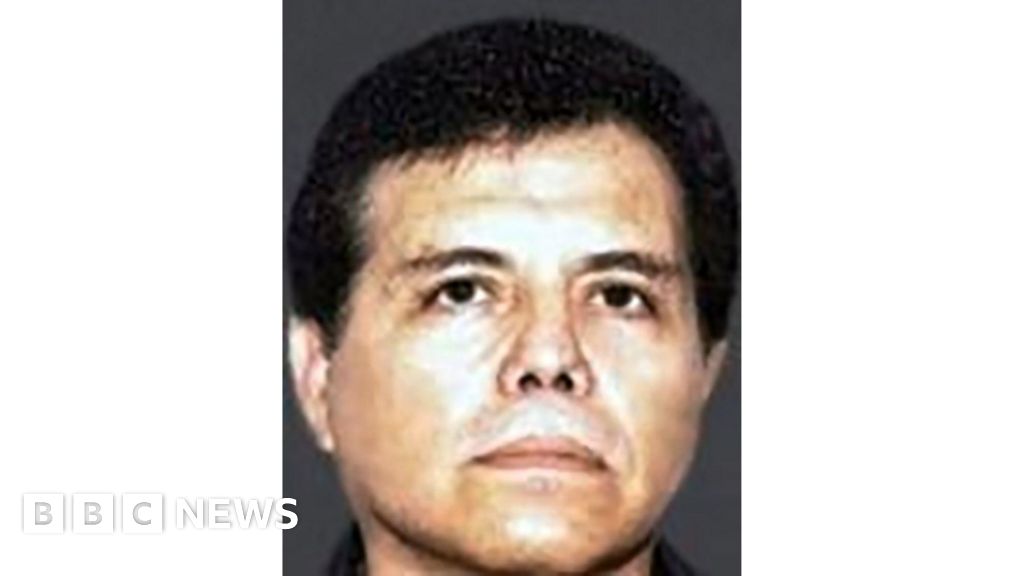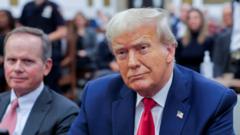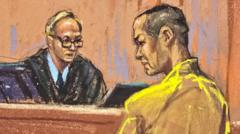In a rare public display, billionaire art collectors are embroiled in a legal dispute that has cast light on the enigmatic art market, marked by unregulated intermediaries and opaque ownership histories. David Geffen, co-founder of DreamWorks, and Justin Sun, a prominent Chinese crypto mogul, find themselves contesting the ownership of Giacometti’s iconic sculpture "Le Nez" (“The Nose”) in a New York federal court.
The controversy began when Sun, who invested $78.4 million in the sculpture at a 2021 auction in New York, claimed that the piece was sold without his consent by an adviser he accuses of fraud. This adviser reportedly sold "Le Nez" to Geffen for $10.5 million in addition to two other unnamed artworks, raising questions about the validity of the documents involved in the transaction.
Geffen, however, counters Sun’s allegations, suggesting that the latter’s regret over the sale is driving the dispute, branding Sun's claims as a fabricated narrative. The maze of accusations leads to a shadowy figure, possibly code-named or trapped in a facility in China, who could complicate matters further.
Moreover, the sculpture itself is no ordinary creation—it is a mid-century masterpiece made of bronze, steel, and iron, depicting a distinctive statue with an exaggerated nose. This high-profile dispute showcases not only the monetary stakes involved—the artwork itself being valued in the tens of millions—but also hints at the potential legal and ethical entanglements within the art market, often cloaked in secrecy and personal rivalries.
As the court proceedings unfold, they offer a glimpse into a realm where ownership claims and sale legitimacy continuously blur, raising important questions about transparency in the art world—an ever-expanding sector where immense wealth converges with cultural significance.









